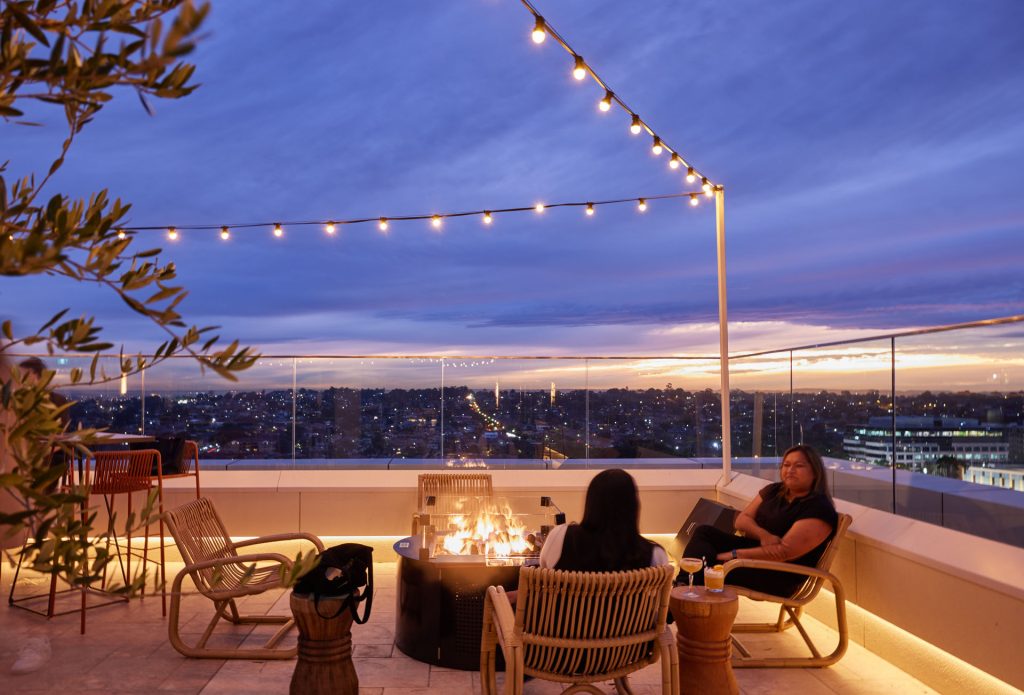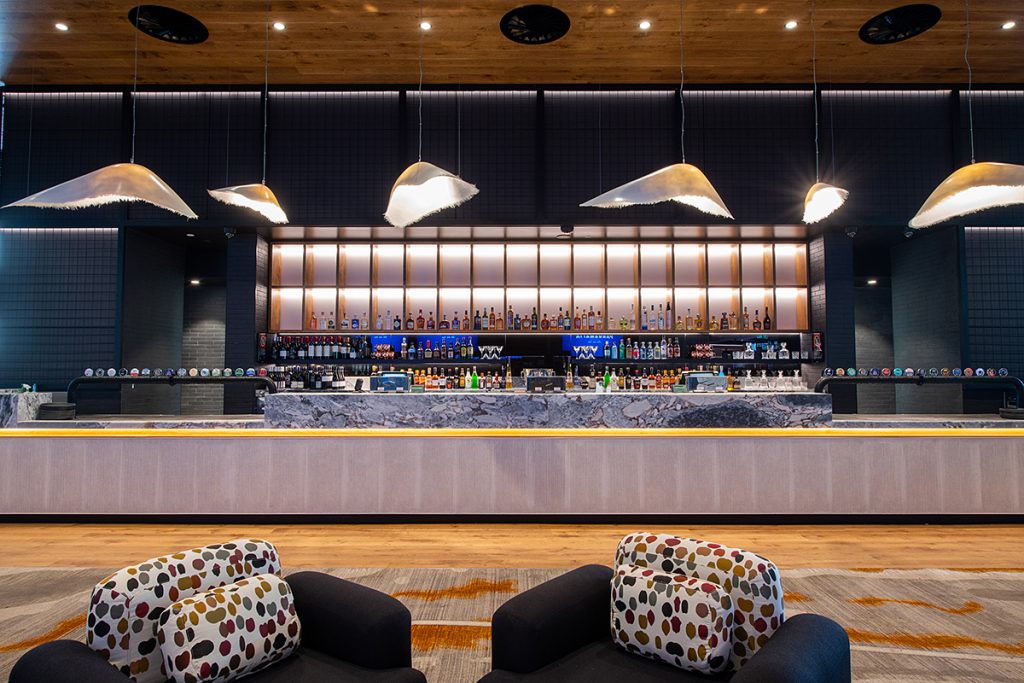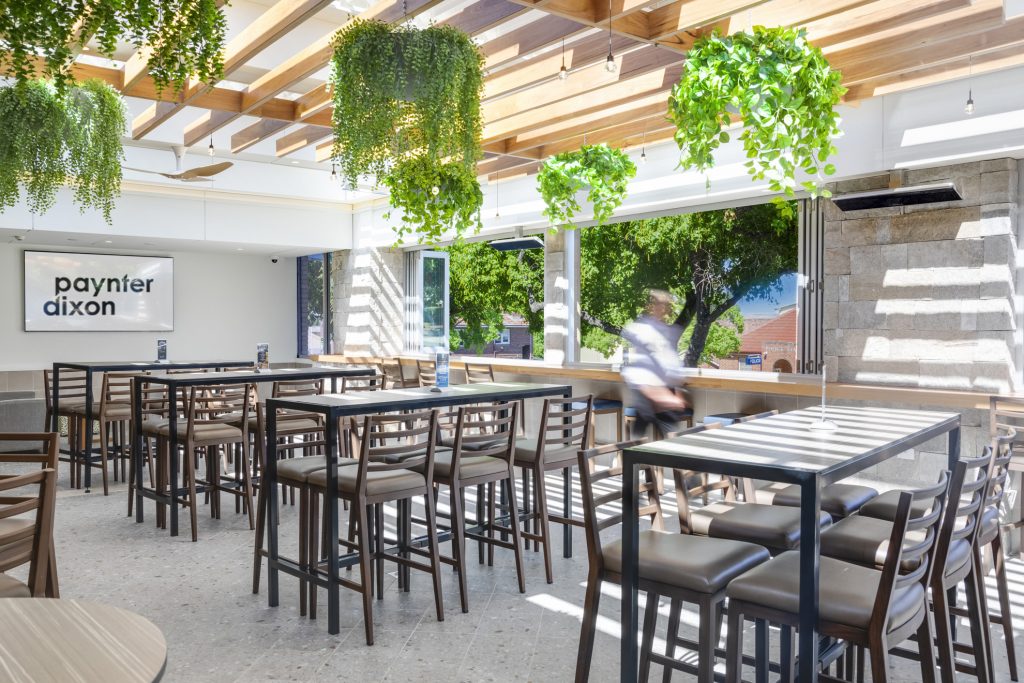
News
Designing hospitality venues with millennial appeal
The design of hospitality venues is an adaptive process which responds to the changing profile of patrons – or ‘primary users’. Today, there is a clear focus on Millennials and Gen Z. How is this influencing the design of venues?
Let’s start by outlining hospitality. Service industries such as clubs, hotels, restaurants, bars and cafes are considered hospitality venues, and hospitality design focuses on creating interiors for this sector. The design process considers the various users, functionality, brand identity, and often generates an atmospheric or impressionable space for visitors.
Defining a generation
Millennials were born the early 1980s to the mid-1990s, while Gen Z were born in the late 1990s to the early 2010s. Across this broad age range, customers in their 20s and 30s have have become the largest growing segment in the hospitality sector. Furthermore, their disposable income is 51% better off than Generation Xers were at that age, and 91% better off than Boomers at that age.1
In terms of characteristics, Millennials and Gen Z are generally confident, ambitious, and questioning of authority. As consumers, they actively pursue refreshing, personalised and memorable experiences, with a preference for sustainable options. Inclusivity is highly valued (more so than previous generations), and flexibility is desired in their physical surroundings.
Meeting needs
Technology has made leaps and bounds in the past 20 years, culminating in the digital revolution. Accessibility, connectivity, and immediacy have become norms of modern living, with Millennials and Gen Z considered ‘digital natives’.
Working remotely has become more convenient and travelling often becomes a blend of business and leisure. As a result, hospitality venues are expected to adapt.
With inclusiveness on the rise, there is a shift towards creating interiors that cater to various users. Flexible, multi-purpose spaces are important – lobby spaces are a good example of this emerging trend. Nowadays, these spaces double as a workspace, with a bar or cafe to provide a service for cues at reception (because waiting is no longer a thing), and a range of furniture is often incorporated.
Trends
New design trends have rapidly emerged.
- Engaging patrons in authentic experiences – designing with consideration to locality and introducing new concepts
- Inclusivity and physical and mental wellness – including varied furniture layouts, amenities and consideration to elements such as lighting
- Sustainable urban environments and biophilia – sourcing eco-friendly materials, energy-saving measures, and introducing plants or greenery inside
- Flexible spaces – which can host various functions. For eg, repurposing the café as a workspace.
Millennial marketing
Millennials and Gen Z are renowned for documenting spaces around them with social media. As a result, interior design has a become a significant factor to the venue’s appeal – not just to the in-situ patron, but to potential visitors interacting through the social media post.
The customer experience is aligning with platforms such as Instagram and TikTok as businesses leverage the exponential marketing wave. This is the age of unique and distinctive venues which can be seen and shared in the online space.
Looking ahead
Designing for hospitality challenges a designer to get creative while remaining considerate. The experiential factor to most hospitality venues is likely to open up an avenue for new innovative materials, products and ideas. Exciting times lay ahead.
Space to play
Paynter Dixon is delivering a new generation of award-winning facilities which cater to younger patrons.
Lady Banks Rooftop Bar
The unused rooftop of a commercial tower was transformed into one of Sydney’s most feted bars. Interior design played a crucial role. The neutral tones, furniture selection and palette of fresh whites and creams, ensure that the immediate environment doesn’t compete with the signature food and beverages. ‘Insta-worthy’ moments are encouraged and shared as patrons enjoy indoor and outdoor seating, complete with fire pits, soft lighting and panoramic views of the city.

Club Parramatta
Millennials were firmly in mind with the development of Club Parramatta. Construction of the new venue formed part of the master plan to rework the entire existing RSL site. Patrons can shape their experience from the flexibility of indoor and outdoor spaces, from huddling around a fire pit, to capturing selfies with the large mural.
During weekdays, lounge areas also double up as wi-fi enabled workstations and meeting places for working professionals. The visual brand identity of the Club is also centred on inclusivity, with artwork and signage celebrating the cultural diversity of western Sydney.

CJ’s Bar, Club Cowra
The conversion of an under-utilised function area into a bar and servery has connected the Club to a younger clientele. Featuring a vergola and concertina windows located on the outer wall, the outdoor lounge and terrace exploit natural light, ventilation, and the greenery of hanging plants. Since opening, ‘CJ’s @ 101 Brisbane’ has become the talk of the regional town, showcasing local musicians, regional produce and al fresco dining.

About the author: Anantaya Kuleechuay is an Interior Designer with a Bachelor of Design (Honours) in Interior Architecture. Her Thai heritage has been influential in “fostering a curiosity of the creative world and its richness.” Learn more.
Categories
Related Articles
-
MBA awards praise Paynter Dixon’s ‘quality and workmanship’
November 09, 2023
-
How clubs are balancing efficiency and customer experience in 2023
March 06, 2023
-
D and C – a model of collaboration and learning
September 21, 2023